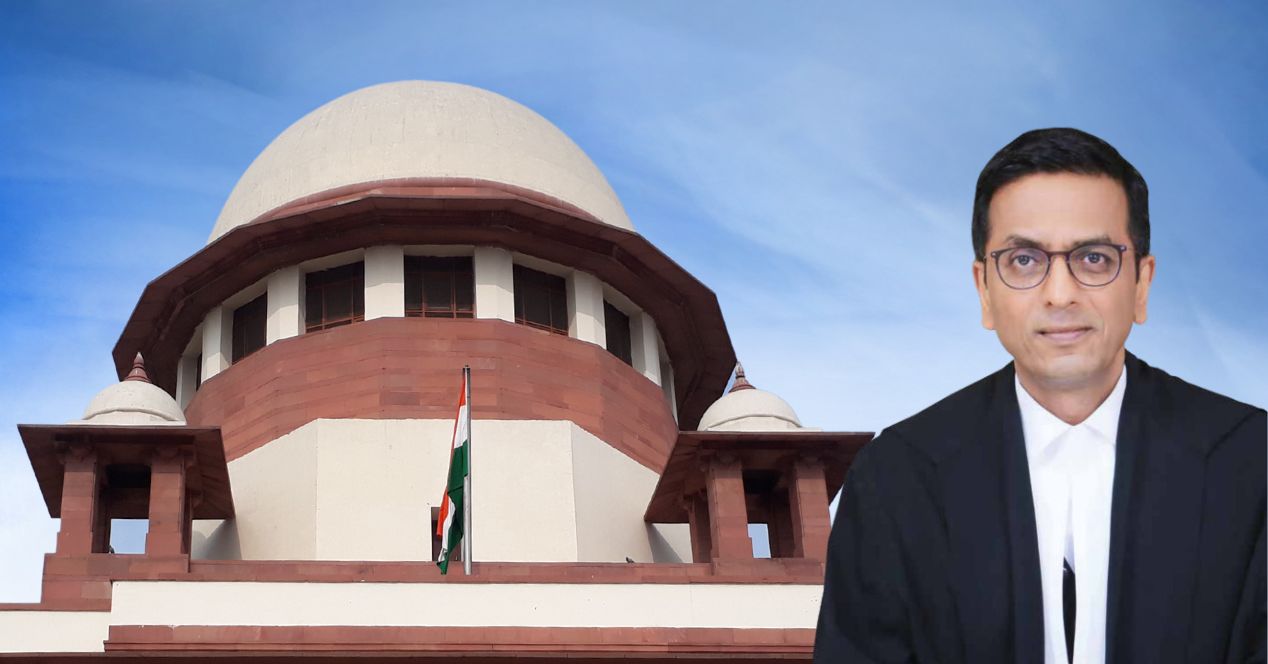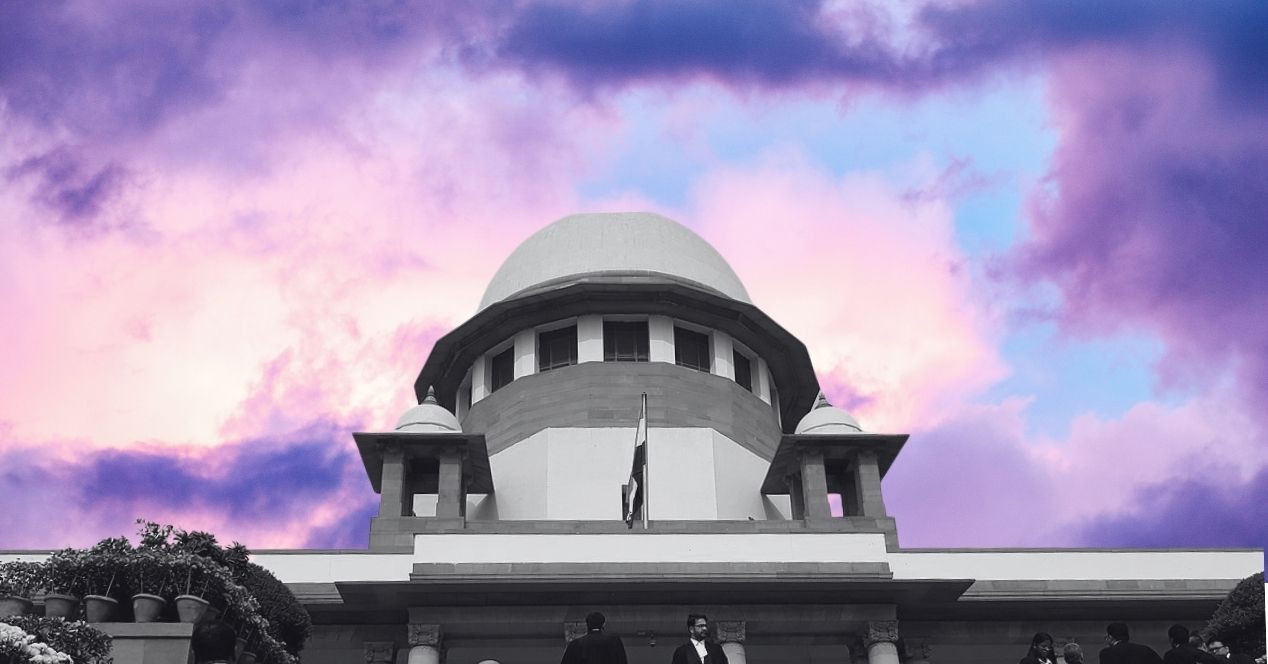Analysis
What cases will be heard by the nine-judge bench of the Supreme Court?
The nine-judge bench will hear cases on rights of landowners, taxation, power of the state to levy excise fee and industrial disputes

On October 7, the Court announced that four nine-judge bench matters shall be listed before the Chief Justice D.Y. Chandrachud for directions to be given tomorrow, on October 12. The cases concern takeover of dilapidated private properties by the Maharashtra state government, tax liabilities of mine operators, definition of ‘industry’ under the Industrial Disputes Act and legislative competence for imposing licence fee on excise goods in Uttar Pradesh, each with core constitutional disputes attached. These cases were referred to nine judge benches 21, 12, 18 and 13 years ago respectively.
Supreme Court Constitution Bench activity, sparked by former CJI U.U. Lalit has gained significant traction under the incumbent Chief Justice. The CJI actively heard five-judge bench cases through his tenure so far, with hearings completed in crucial cases including the recognition of same-sex marriage, challenge to demonetisation policy, and validity of unstamped arbitration agreements. However, seven and nine judge bench cases had seen significant stagnation in the past years.
Now, as the first year of his two-year tenure completes, the CJI has shifted his focus to seven and nine-judge bench cases. A comprehensive list of the seven-judge bench cases that the Court has revived is here.
1. Property Owners’ Association v. State of Maharashtra
This case stems from a 37 year long resistance from private landowners in Mumbai against the Maharashtra state government’s multiple attempts to take over dilapidated properties for restoration purposes.
In 1986, the Maharashtra state government amended the Maharashtra Housing and Area Development Act, 1976. The amendment allowed the Maharashtra Housing and Area Development Authority to take over cessed properties if 70 percent residents gave their approval to restore the property. The petitioners, a collective of more than 20,000 landowners filed their earliest set of petitions in 1986, after which the case slowly trudged through the judicial process. They argued that “Landowner’s right to property is a fundamental right and it [can] not be suspended.”
A major development occurred in 2019 when the state assembly amended the law again. Deadlines were set for landowners to restore property, failing which the state government would take over the property. While the measure was put forward as welfarist by the State, for years landowners have suggested a malicious intent on behalf of the state, of taking away property and giving it to wealthy contractors.
At the core of the issue lies a constitutional dilemma—what does “material resources of the community” mean under Article 39(b) of the Constitution, a Directive Principle of State Policy, and does private property come under it?
An answer to this has powerful implications on the state government’s legislative competence to continue its land acquisition strategy, and on the limits on the government’s power to acquire privately owned land.
2. Mineral Area Development Authority v. Steel Authority of India
For many years mine operators and regulators have been trying to settle the question on whether a royalty amount paid by the operators to the Union government is a form of tax or not. All mine operators, under the Mines and Minerals (Development and Regulation) Act, 1957, are required to pay a ‘royalty to the Union government’ for the right to use, explore and evaluate the minerals.
In 1990, a seven-judge bench of the Supreme Court in India Cement Ltd. & Ors. v. State of Tamil Nadu first decided that this royalty was a tax as it was “directly or indirectly” proportional to how much mineral had been extracted after sale by the lessee. 14 years later, a five-judge bench in 2004 ruled the opposite—that royalty on mineral rights was not tax but an expenditure incurred by the lessee towards owner of the land who may be a private person or the State.
In 2011, the Court recognised these opposing streams of jurisprudence, and referred the case to a nine-judge bench. After the introduction of the Goods and Services Tax regime in India from 2016, the stakes have become higher. If the royalty is not deemed a tax, mine operators will have to pay GST on all mineral extractions, adding significant costs at source.
3. State of U.P v. Jai Bir Singh
In Bangalore Water Supply and Sewerage Board v A. Rajappa (1978), in what is considered a tectonic shift towards strong pro-labour jurisprudence in India, supplied an exhaustive definition of the word “industry” under the Industrial Disputes Act, 1947. The wide ambit of the definition allowed a large number of institutions and its employees to receive protection under the legislation. In the years that followed, however, this jurisprudence became murkier. First in 1996, a three-judge bench of the Supreme Court relying on Bangalore Water Supply concluded that the ‘Social Forestry Department’ was covered by the definition of ‘industry’. But in 2001, a two- judge bench took a different view, reasoning that the Forest Department was part of the “sovereign function” of the State and the petitioner had never positively substantiated why it would qualify as an “industry”.
As a chasm developed between the two judgements, employers knocked on the Supreme Court’s doors to settle the definition of ‘industry’ under the Act. They argued that Bangalore Water Supply had given an excessively wide ambit to “industry” causing great confusion regarding the Act’s applicability upon different institutions, including governmental bodies.
In May, 2005, a five-judge bench headed by Justice Dharmadhikari referred the matter to a nine-judge bench.
4. State of U.P. v. Lalta Prasad Vaish
A petitioner, a business engaged in distribution of motor and diesel oil, challenged the imposition of a licence fee introduced in 1999. The petitioner was obligated to pay a 50 percent fee ad valorem on sale by any wholesale vendor to licence holders under the U.P. Excise Act, 2010. The key contention was that the state government did not have the legislative competence to regulate sale and manufacturing of “denatured spirits” which lay within the Union government’s domain according to Section 18-G of the Industries (Development and Regulation) Act, 1951. Simultaneously, Entry 33 of List III of the seventh schedule indicated that such power lay with both the Union and state governments.
In 2004, the Allahabad High Court agreed with the petitioners and directed the state government to refund all collected fees along with a 10 percent per annum interest rate to the vendors. The matter then went to a three-judge bench of the Supreme Court.
The Supreme Court saw irregularities in a seven-judge bench judgement in Synthetics and Chemical Ltd. v State of U.P. (1990), which had observed that through the 1951 Act, the Union had “evinced clear intention to occupy” legislative competence on the subject and hence Entry 33 could not empower state government. The Court recognised the contention that the enactment of Section 18-G did not itself create repugnancy between parliamentary and State legislation. For many years after 1990, various Supreme Court benches had taken clashing views, failing to reach a consensus on the ratio of Synthetics and Chemicals. In December 2010, a five-judge bench of the Court finally referred the matter to a larger nine-judge bench.




